New Designs for School
The Teacher’s Role in a Student’s Independent Learning Journey
Topics
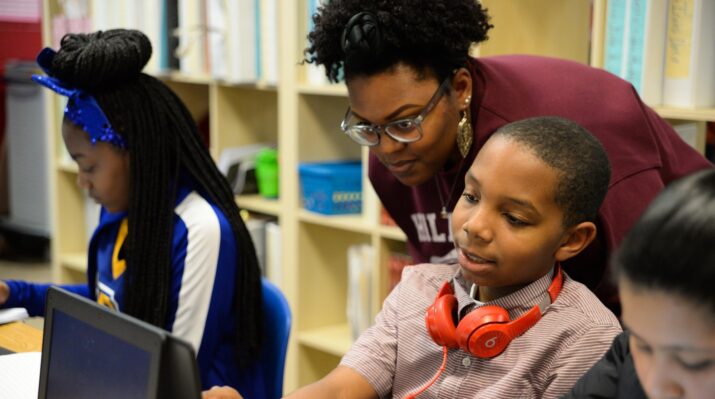
We’ve all had the experience of truly purposeful, authentic learning and know how valuable it is. Educators are taking the best of what we know about learning, student support, effective instruction, and interpersonal skill-building to completely reimagine schools so that students experience that kind of purposeful learning all day, every day.
When independent learning is integrated with multiple modalities in a holistic personalized learning model, it can be much more than students on laptops.
What do you think of when you hear independent learning?
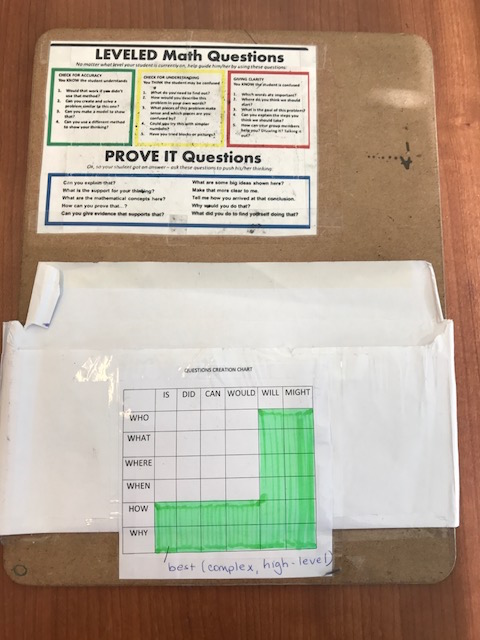
Many people imagine students on laptops. But when integrated with a holistic personalized learning model that includes multiple learning modalities, it can be much more than that. Independent learning enables differentiation, reinforces skill fluency, and promotes a level of student agency that builds habits for lifelong success. Perhaps the most compelling reason is that it allows time for students to process new material. They have time to think.
Another common misconception of independent learning is that teachers play a less important role. In fact, I believe effective facilitation of independent learning may be the most challenging kind of teaching in a personalized learning model. Students are immersed in a unique journey, but they’re still part of a larger learning community. It’s the teacher’s responsibility to balance these environments while making sure everyone has a smooth trip and arrives at the right destination. In this capacity, the teacher’s role ranges from travel agent to scheduler to pilot and flight attendant.
Let’s imagine the independent learning journey from start to finish and take a closer look at the teacher’s perspective at each step of the way.
Planning and Packing: What’s Our Itinerary?
In the same way that checklists help crews prepare their aircraft for a safe flight, teacher teams have specific planning tasks ahead of each independent learning session.
At the top of their list is understanding each student’s readiness level for the skill they’ll be working on. Our teachers receive this data through customized daily schedules generated by Teach to One algorithms based on assessments from the previous day. Regardless of the model, schools need to have a consistent and reliable system to assess student progress and teachers should have common planning time to prepare.
This information is crucial not only because it helps teachers determine an itinerary for what each student is doing that day. It also helps teachers know which students need extra attention and plan check-ins accordingly. In general, it’s best to prioritize students who are struggling on a particular skill or concept.
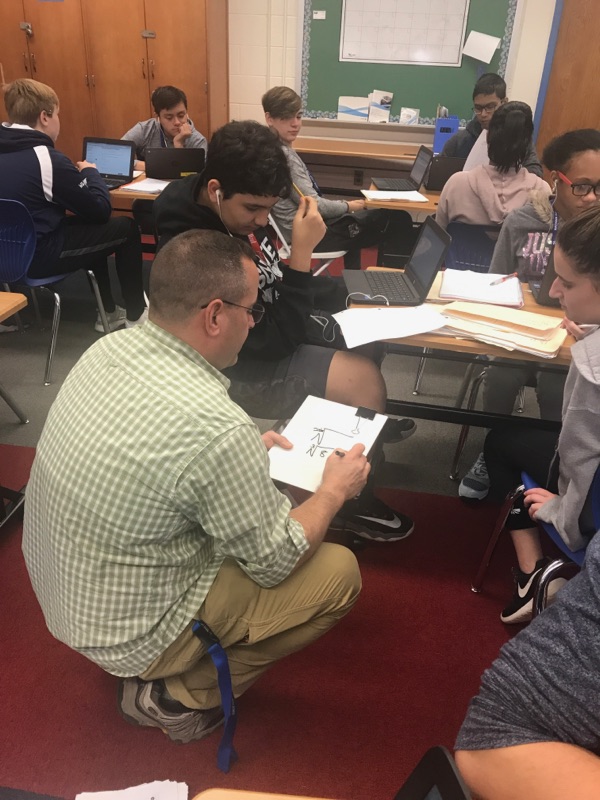
Getting Started and Boarding: What Happens Before Take-off?
As students transition to independent learning, teachers should use the first five minutes to reinforce routines. On an aircraft, flight crews greet passengers, get them seated, assist with carry-on luggage, and review safety instructions. Similarly in a classroom, teachers greet students, help them find their seats, and assist with equipment—laptops, notebooks, and/or headphones—so students have the right materials and know what to do with them.
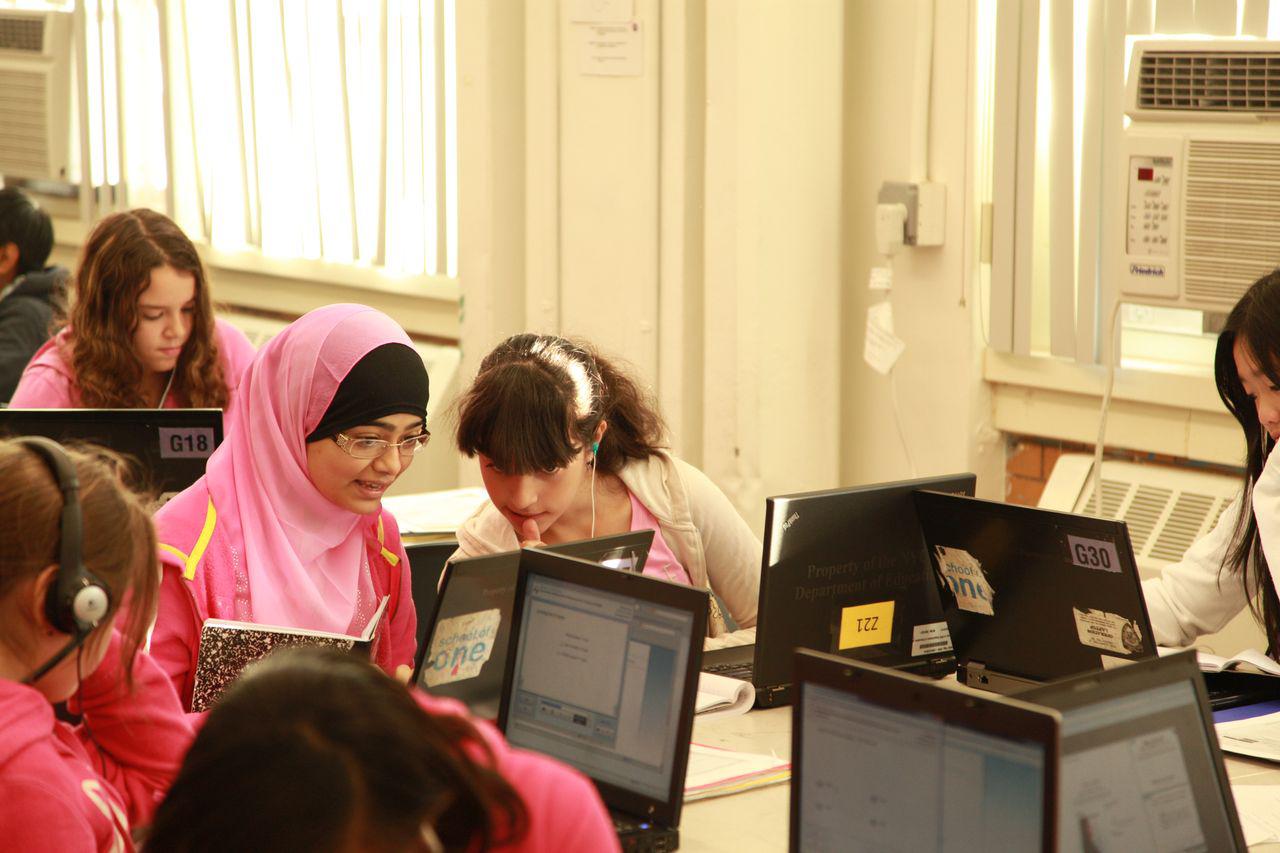
Teachers need to ensure that the first five minutes provide students with clear directions and expectations. Here are three key areas to focus on:
- Movement: Directions on how students transition to independent learning, which table or desk they should be sitting at, and when they retrieve their technology or printed materials.
- Voice Level: Directions on how students should be communicating with each other.
- Participation/What To Do: Directions on what materials students should be getting ready for their assigned modality and skill.
Teachers should also give students a “warning” to let them know when check-ins begin. (“I’m going to start coming around to check in with you in five minutes.”) This creates some accountability and clear expectations about what they should be doing.
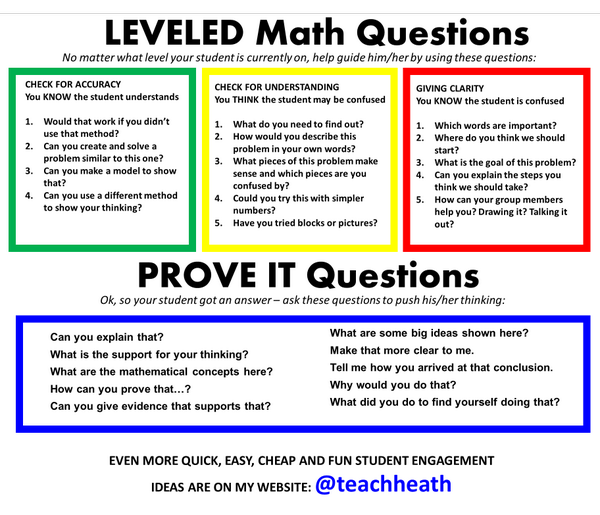
In the Air: What Are the Best Ways to Serve Our Passengers?
Think about what passengers do once the plane is in the air. They’re writing emails, reading different types of newspapers, magazines, or books, watching videos, playing games, or listening to podcasts. (For the purposes of our metaphor, let’s pretend that sleeping isn’t an option!)
There is even more differentiation during independent learning, and teachers need to know what each of their students are working on. Some might be taking a virtual lesson to introduce them to a new skill or concept. Others might be playing an online game to review material they’ve already learned about. Others will be engaged in more traditional assignments with printed materials. The skills, lessons, and modalities are differentiated for every student. Teach to One’s lesson bank, for instance, consists of over 9,000 activities by digital and print-based publishers, from LearnZillion to Houghton Mifflin to EngageNY.
To make your check-ins more purposeful, you have to ask the right questions. The “wrong” questions are vague, unspecific, and often elicit one-word responses: “How are you doing?” “Need anything?” “Are you doing okay?” “Got it?”
Instead, teachers can guide their interactions with questions tailored to a student’s skill-level and understanding of the material. Jeromie Heath, a teacher in Seattle, has created a terrific “Leveled Questions” cheat sheet that I encourage all teachers to carry around with them during check-ins.
The mini-whiteboard is another tool I recommend teachers use. These are good for one-on-one check-ins because they allow the teacher to quickly help students without taking away the student’s own note-taking tool. This allows the student to actively follow along and take notes.
Closure: How Do We Prepare for Landing?
The day’s journey is almost over. How should teachers prepare for “arrival”?
Teachers should have a consistent system for the final minutes of each independent learning session. It should include procedures for group reflection, turning in tech equipment, and transitions.
As with small group collaboration, a teacher’s role during independent learning may look different from what we traditionally imagine. But she is essential to creating an environment where students are prepared to navigate a safe and successful journey.




